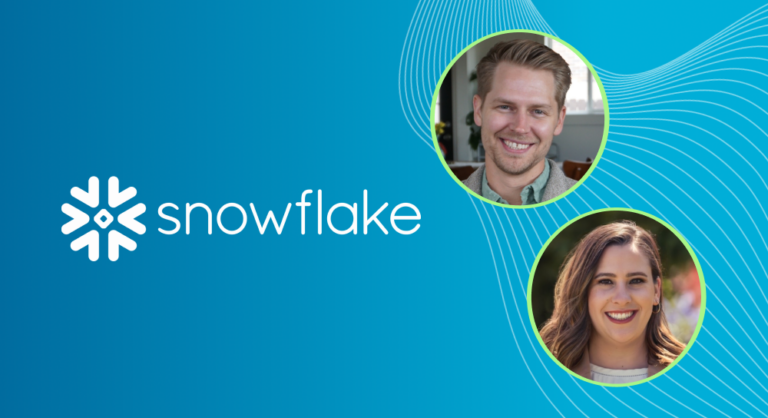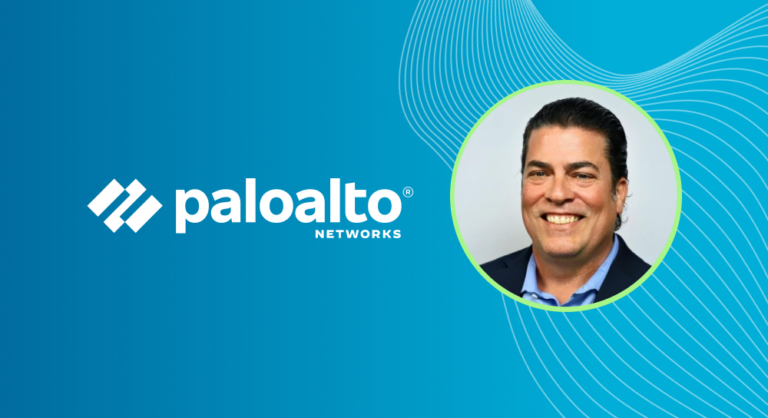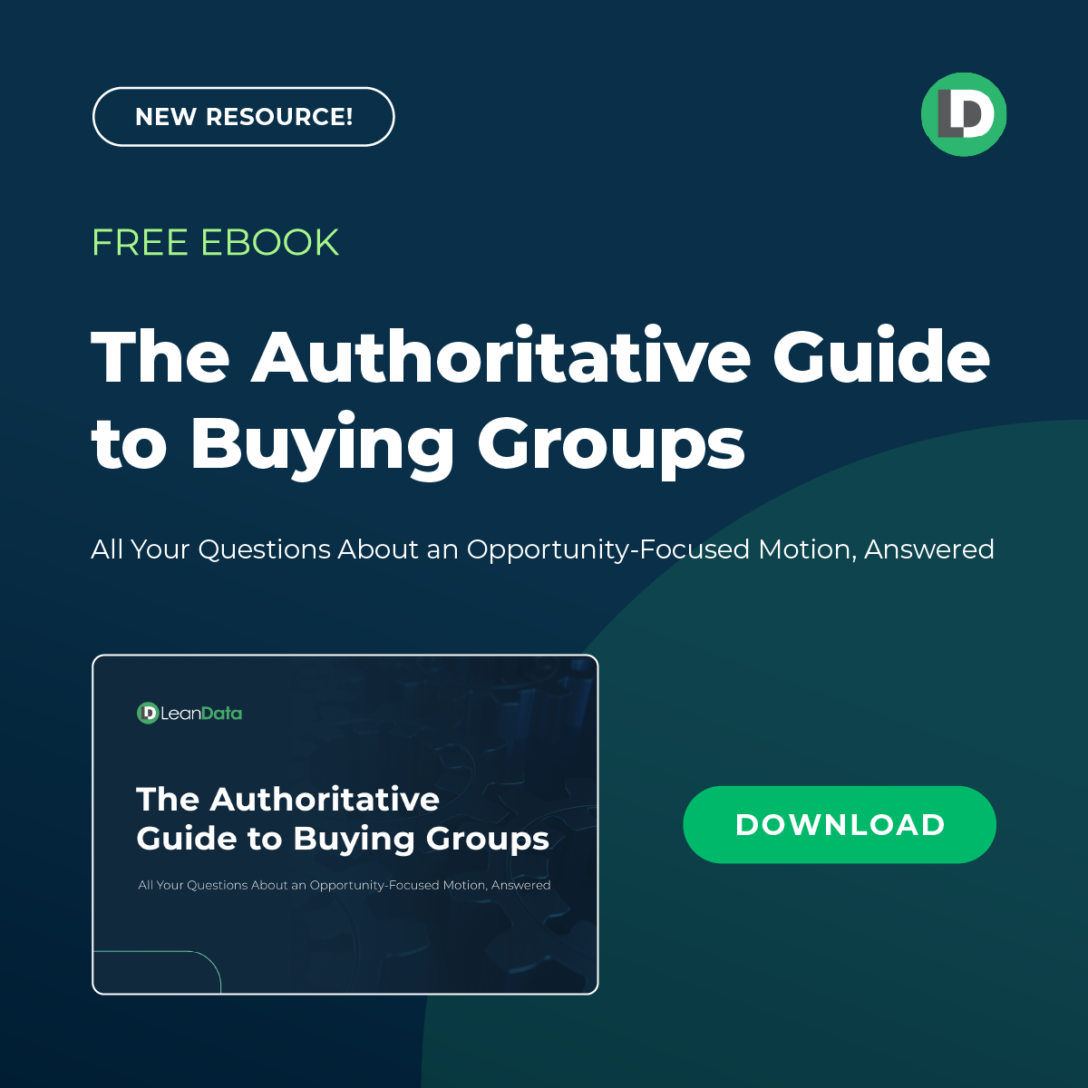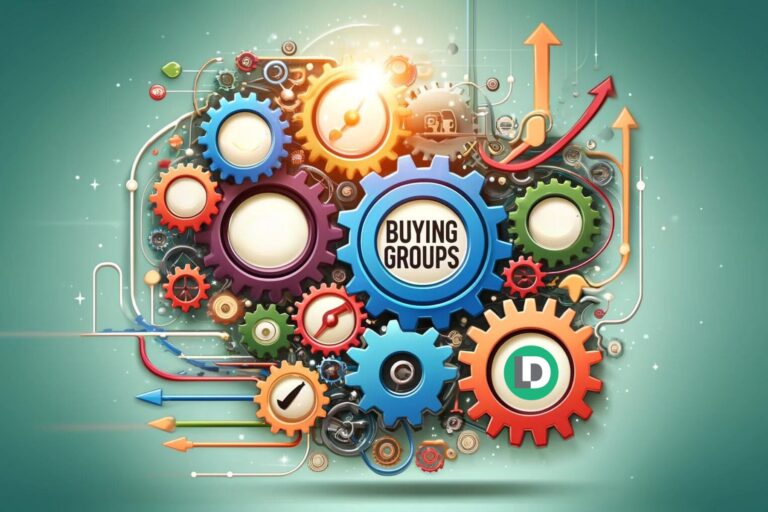In B2B go-to-market conversations, two terms come up constantly: Ideal Customer Profiles (ICPs) and Buying Groups. They’re both essential, but they’re not interchangeable.
Confusing ICPs with Buying Group members is a subtle mistake that can quietly stall deals, misalign teams, and weaken your revenue engine.
Here’s the core distinction:
- Your ICP tells you which accounts to target.
- Your Buying Group shows you who within those accounts actually drives the deal.
Put another way:
ICPs help you find the right companies. Buying Groups help you engage the right people.
You need both to build a modern, high-performing GTM motion. One sets your strategic direction; the other determines how effectively you execute.
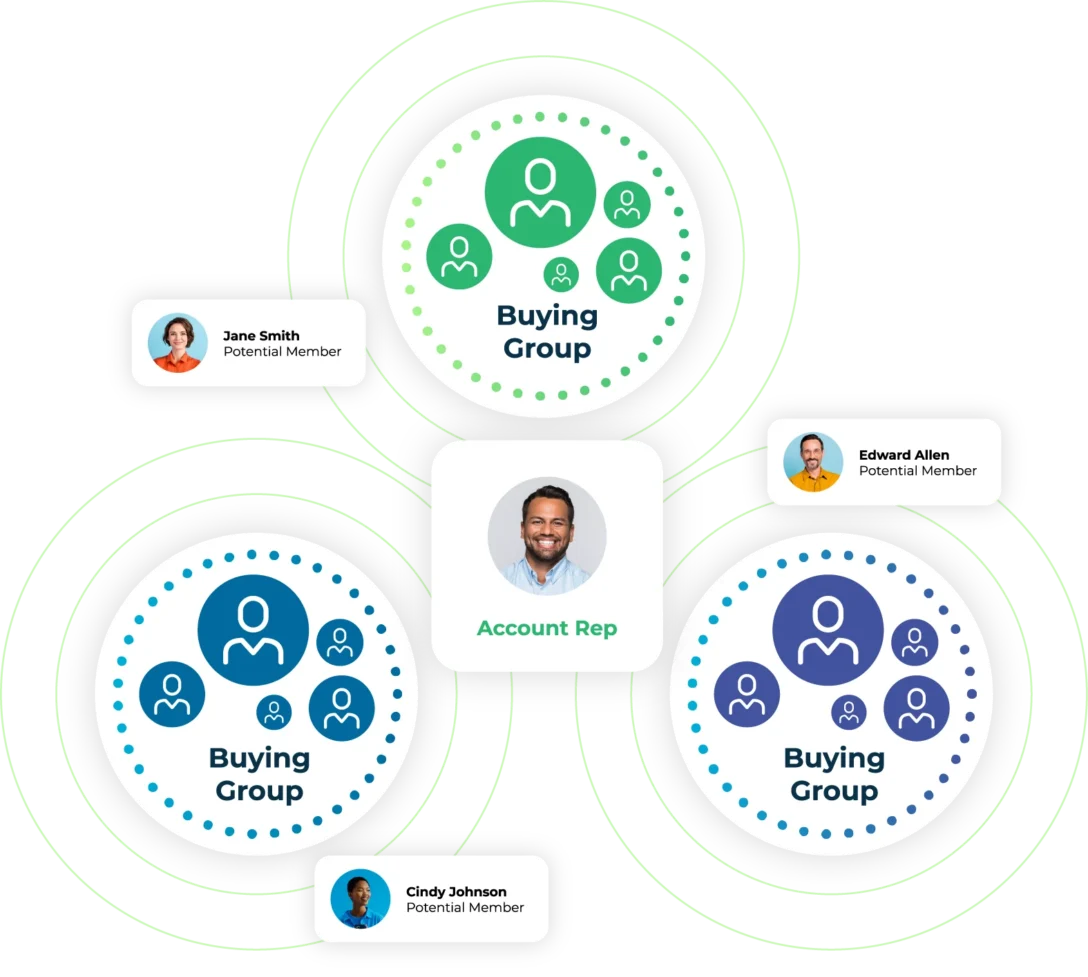
Why This Distinction Matters
As go-to-market strategies grow more complex, especially in account-based programs, the need for precision is growing. ICPs are still the bedrock for segmentation and prioritization. But once you know which accounts to go after, the real work begins.
That is where Buying Groups come in.
They inform the who, when, and how of your engagement strategy. They help marketing, sales, and RevOps align around the full set of stakeholders involved in a deal, not just one contact who happened to fill out a form.
Buying Groups enable better orchestration: coordinated plays, smarter sequencing, and more personalized outreach. They give teams a shared blueprint of how deals actually get done.
Evolving How We Measure Success
The ICP versus Buying Group distinction also reshapes how we measure success.
Traditional metrics like MQLs and account engagement scores have value, but they are only part of the story. When you integrate Buying Group insights, you gain a clearer picture of deal health and momentum.
Instead of asking:
“How many leads did we generate from this account?”
You can ask:
“Are the right personas engaging, and are we seeing traction across the buying team?”
That shift unlocks more meaningful reporting and better forecasting.

What High-Performing Teams Track
To get full visibility into opportunity progression, teams are starting to:
- Track engagement at the Buying Group level, not just the account
- Measure journey progression across the opportunity, not just lead conversion
- Use completeness and coverage of the Buying Group as early pipeline quality indicators
This does not mean discarding your current ABM data. Keep your heatmaps. Keep your MQLs if they are useful. But layer in Buying Group context to interpret them correctly.
You might have 12 leads from an account, but if only one of them is in the Buying Group, your odds of closing the deal may be slimmer than it looks on paper.
The Real Role of Buying Groups
Buying Groups do not replace your ABM program. They make it smarter.
They bring clarity to the internal dynamics of a deal: who is involved, who is missing, who is stalling progress. They help you turn engagement into alignment, and alignment into action.
When you understand not just which accounts are showing interest, but whether the right people are engaging in the right ways, your GTM motion becomes more predictable, more scalable, and more effective.
That is the difference between running campaigns and running revenue.
